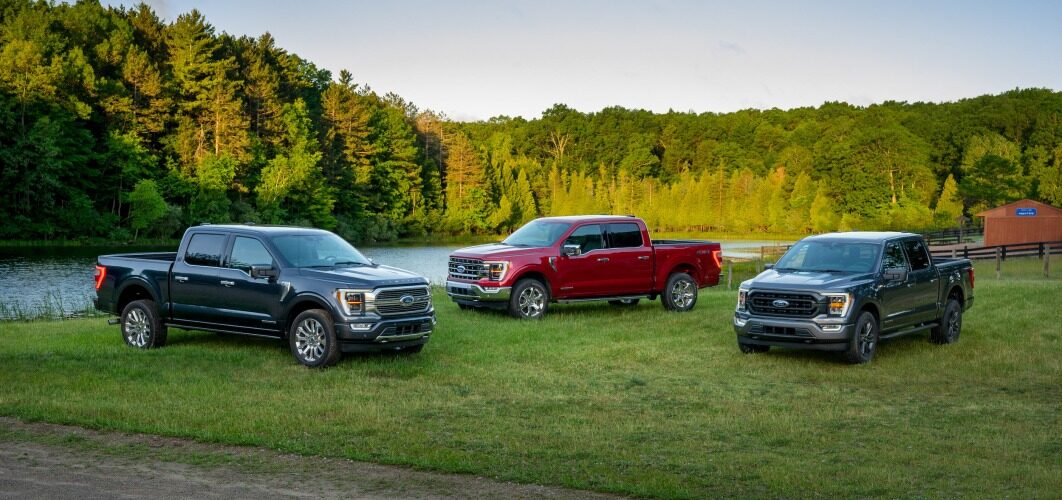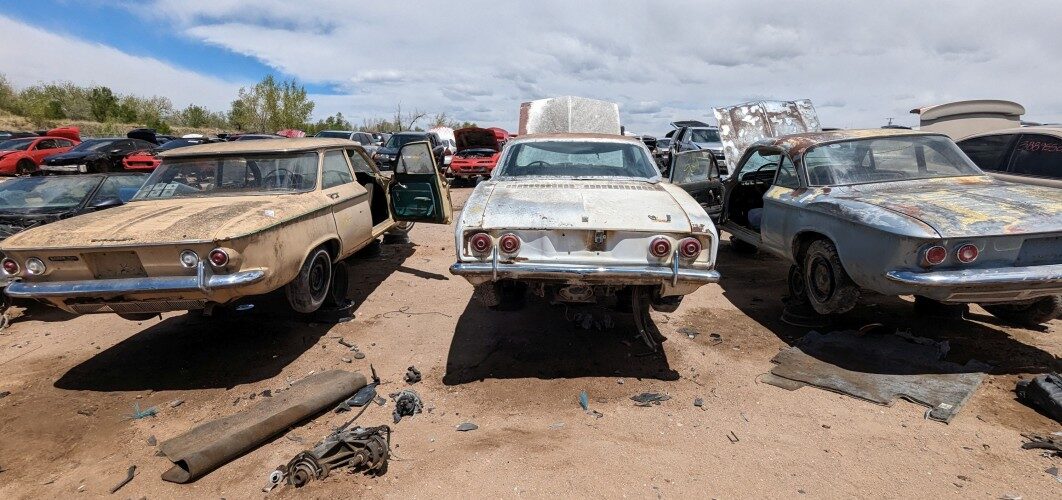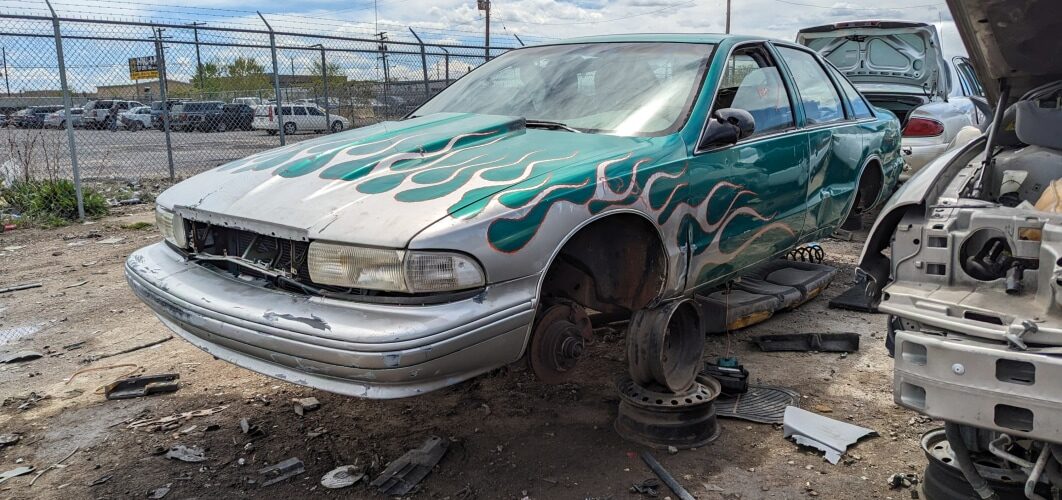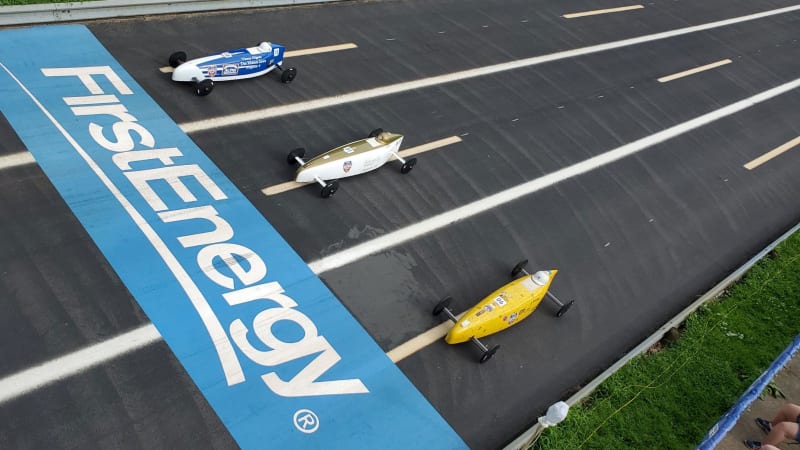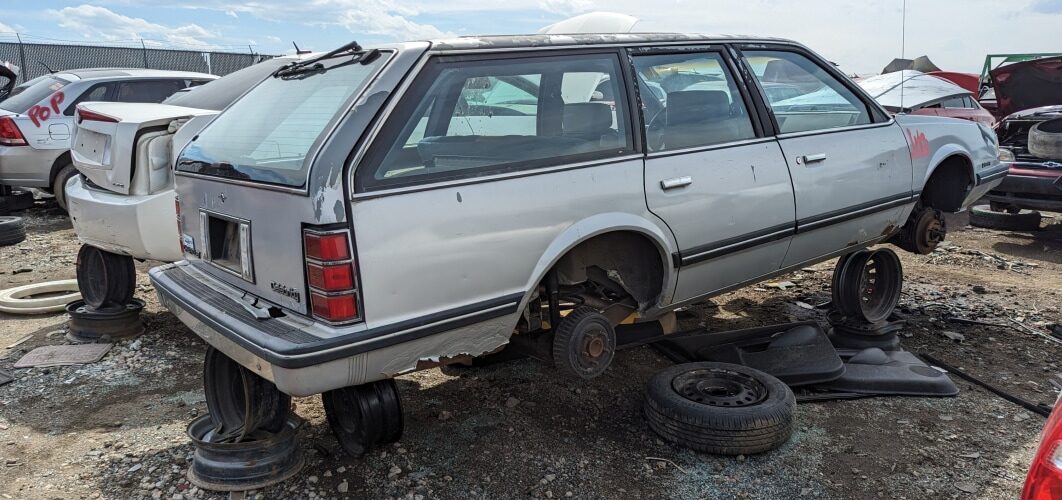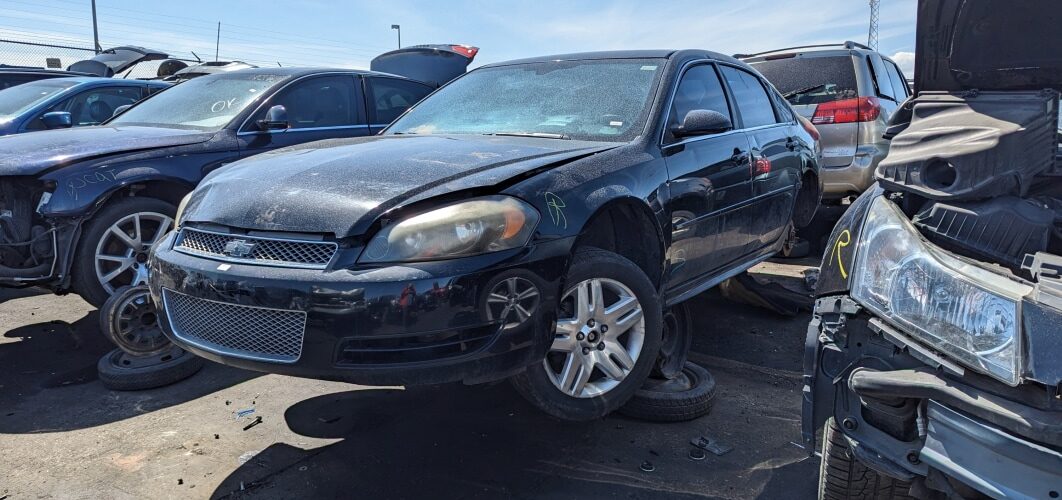American car buyers have an almost unbelievable affinity for pickup trucks of all shapes and sizes. For just about as long as pretty much anyone reading this can likely remember, the best-selling vehicles overall in the United States have been trucks, led for 42 years by the Ford F-Series (it’s been the best-selling truck for 47 consecutive years), closely followed by competitors like the Chevrolet Silverado, Ram and GMC Sierra lineups. This being the case, it certainly won’t come as a surprise to see that the best-selling used vehicles in America are also trucks. But which used trucks are the best used trucks to buy in 2024?
iSeeCars, an online resource that bills itself as “a data-driven car search and research company” analyzed over 9.2 million used car sales from the past five model years (that would start in 2018 and end in 2022). After compiling all the numbers, the researchers calculated each vehicle model’s share of used car sales. You can see the list of the best-selling used pickup trucks down below, but before we get to that, let’s highlight some of the used truck buys in America.
Best used trucks to buy in 2024
Best used truck under $10,000: 2005-2011 Dodge and Ram Dakota
The Dodge Dakota, which in its final few years was known as the Ram Dakota, with its standard 3.7-liter V6 won’t win any drag races — the optional V8s offered more power, naturally — but a decent Dakota offers the ability to haul and tow for just about the lowest price point in America.
Best full-size truck under $10,000: 2008-2012 Nissan Titan
If you need a larger truck than the Dodge Dakota or need to tow heavy loads, your best bet may be an older Nissan Titan with its 5.6-liter V8 engine.
Best used truck under $15,000: Any Toyota Tacoma (but check for rust)
The Toyota Tacoma is known for reliability and durability. High resale value is another, as well as a cramped interior and below-average comfort, even for a truck. Still, Toyota’s compact Tacoma is likely to offer more years of trouble-free service than anything else in this price range. Expect to see a lot of Tacomas with comparatively high mileage.
Best used full-size truck under $15,000: 2013 or newer Ram 1500
Look for a 2013 or newer Ram, and consider choosing the 3.6-liter Pentastar V6 and 8-speed automatic combo over the V8 and six-speed auto. The 5.7-liter Hemi V8 is generally a reliable engine, but it’s thirsty and this budget doesn’t allow for a truck new enough to snag the desirable V8/8-speed automatic combination.
Best used pickup truck under $20,000: 2014-2018 Chevrolet Silverado
The Chevy Silverado is slightly more affordable than its competitor from Ford, which went to a lightweight aluminum body for the 2015 model year. GM’s V8 engine options are all very solid and have well-earned reputations for durability. The Toyota Tundra is also a solid choice, but it’s not easy to find nice options in this price range.
Best used pickup truck under $25,000: 2015-2019 Ford F-150
Look for a 2015 or later Ford F-150 to take advantage of the lighter weight and great capability offered by the aluminum-intensive construction Ford switched to starting that year. Budget buyers should look for an XLT model, and Ford’s base V6 and optional 5.0-liter V8 engines are both solid choices. In fact, the F-150 with the V8 engine offers impressive payload and towing capabilities that match what heavy duty buyers were looking for just a decade or so previously.
Best used compact pickup truck under $25,000: 2016-2019 Toyota Tacoma
A redesign of the Toyota Tacoma for the 2016 model year brought about welcome changes to the best-selling compact truck, but it’s still less refined and less comfortable than most of its competition.
Best car-like used pickup truck under $25,000: 2017-2019 Honda Ridgeline
The Honda Ridgeline’s car-like ride and handling come courtesy of a car-like unibody design. It can’t tow like a proper full-size pickup truck, but it’s more efficient and more comfortable for daily use.
Best-selling used trucks over the past five years
- Ford F-150: 21.9% of all used truck sales
- Chevrolet Silverado: 17.7% of all used truck sales
- Ram 1500: 14.0% of all used truck sales
- Toyota Tacoma: 9.1% of all used truck sales
- GMC Sierra: 8.1% of all used truck sales
No real surprises there. The Ford F-Series is the best-selling new nameplate, and the light-duty Ford F-150 is the best-selling used vehicle overall. Ford’s popular truck takes top honors as the best-selling used vehicle in 34 out of the 50 states in America. In second spot is the Chevy Silverado (below left), which, for what it’s worth, is the best-seller in the state of Iowa.
It is interesting to note that the Ram 1500 (below right) actually fell behind the Chevrolet Equinox crossover on the overall chart that includes all vehicle types. Chevy’s compact crossover barely edged out the fullsize Ram truck for third-place when all vehicle styles were included, but the numbers were so close between the ‘ute and the pickup that they both claimed roughly 2.1% of the overall market.


“Trucks have been so dominant in the U.S. market for so long that it’s strange to see the Ram lose its top-three ranking, even to an SUV as popular as the Chevrolet Equinox,” said Karl Brauer, iSeeCars Executive Analyst, who goes on to offer a reasonable explanation. “This shift reflects the jump in gas prices during 2023, which led many consumers to move away from large trucks and SUVs and into smaller, more fuel-efficient models.”
The Toyota Tacoma is the best-selling midsize pickup truck in America, easily outselling its larger sibling, the Toyota Tundra (a truck that doesn’t even crack the top 20 overall). As well as the Tacoma sells, however, it is outsold on the used market by well-known nameplates like the Toyota Camry, RAV4 and Corolla, Honda Civic and CR-V, Ford Explorer and Escape, and the Nissan Rogue and Jeep Grand Cherokee.
In fifth spot on the used trucks list and 17th overall, the GMC Sierra is almost identical to the Chevrolet Silverado underneath its skin, with similar powertrains and interior technology. Combining the sales of the Silverado and Sierra would put General Motors in the top light-duty used truck position by manufacturer, ahead of Ford.
Trucks that don’t appear on the list include fullsize models like the aforementioned Toyota Tundra and the Nissan Titan, as well as mid-size nameplates like the Chevrolet Colorado, GMC Canyon, Ford Ranger, Honda Ridgeline, Jeep Gladiator and Nissan Frontier. The resurgence of the compact truck market, which currently consists of the Ford Maverick and Hyundai Santa Cruz, means we could see some smaller trucks crack their way onto the list in the coming years.

